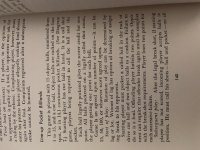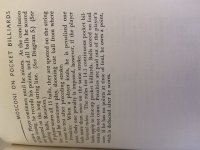Here are the rules for Line Up from the 1977 rule book. I doubt that anyone has sought fit to fix them in the last 43 years. They do reference the rules for 14.1 (poorly) so I suppose any changes there were brought in later.
No explicit mention is made of three fouls in a row.
The break shot is described but no mention is made of requiring the cue ball to touch a rail after contact. Presumably a bank shot to the back of the rack is OK.
Under the scoring items, it is apparent that the writer was unaware of negative numbers. Since negative numbers were understood and accepted fairy well around the year 1000 by the people who were doing algebra, it must be that line up predates that.
LINE-UP POCKET BILLIARDS
THIS game is played with fifteen object balls, numbered from 1
to 15, and a cue ball. Object balls are racked on the foot spot,
as in 14.1 continuous pocket billiards. (See Diagram No. 11.)
Starting player has cue ball in hand. It is a call shot game,
players being required to call the ball and the pocket.
Each ball legally pocketed gives the scorer credit for one
point. All balls pocketed on a legally called shot count, the
player getting one point for each ball.
Game is an agreed upon number of points-it can be 25, 50,
100, or whatever score agreed upon.
69
Start of Play: Rotation of play can be determined by lag or lot.
Winner of lag has option of breaking or assigning break to his
opponent.
Starting player must pocket a called ball in the rack or drive
two object balls to a cushion. Failure to do so is a foul. Offending
player forfeits two points. Opponent can require that
offender break again until he complies with the break shot requirements.
Player loses two points for each successive failure.
Subsequent Play: After the legal break shot, if starting player
has not scored, incoming player accepts balls in position. He
must call his shots—ball and pocket—on all strokes. Player continues
until he misses. At the conclusion of his inning, he
records his points, and all balls he scored are spotted on the
long string line. (See Diagram No. 9.)
If player scores all fifteen balls, they are spotted on the string
line and he continues play, shooting cue ball from where it
came to rest after preceding stroke.
Penalties: When a player fouls, he is penalized one point. Only
one penalty is imposed, however, if the player fouls more than
once on the same stroke.
General Rules: The rules for 14.1 continuous pocket billiards
apply to line-up pocket billiards. Balls scored on foul strokes do
not count. Penalties are paid out of the player's score. If he has
no points at time of foul, he owes a point, which is deducted
after he scores.

